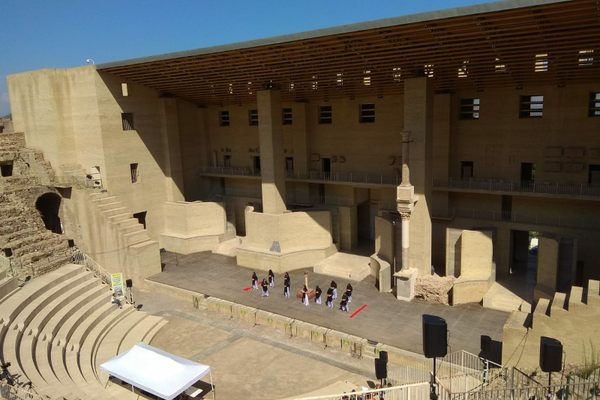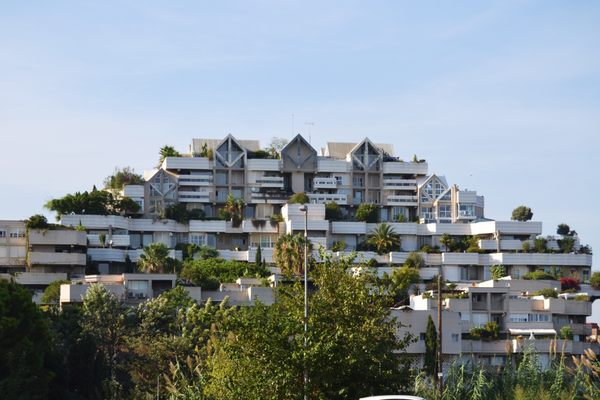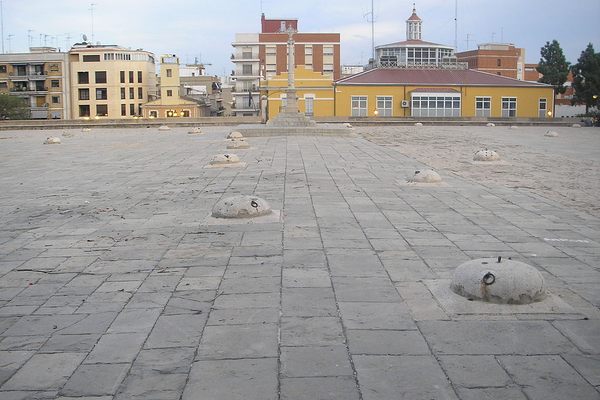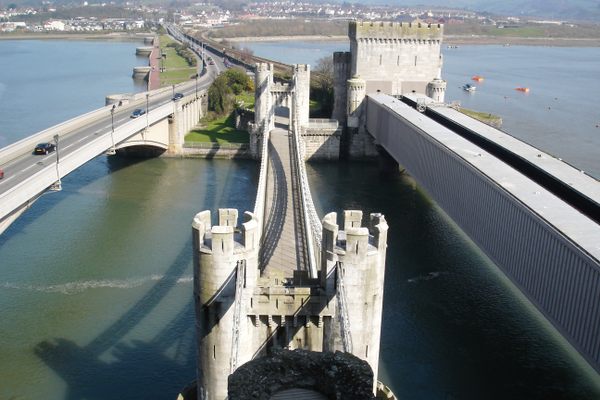Blast Furnace No. 2
The last of three massive blast furnaces that were once at the foundation of the Port of Sagunto economy.
Sagunto is an ancient and historic town just north of Valencia in Spain. It’s home to many Roman ruins and scores of medieval architecture. However, the port area is distinctly more modern.
In 1903, a narrow gauge railway line was constructed from the Sierra Menara iron ore mines near Teruel to Sagunto port. It was the longest private company-owned railway line in Europe. During its latter years of operation, internal shunting around the port was done with locomotives obtained, second hand, from the Alcoi-Gandia Railway.
Initially, the ore was sent to the port for export, until a then Basque owned company, Altos Hornos de Viscaya, installed large smelting facilities at the port. It was used to export pig iron. The development also included a “garden city” to house workers using a British style planning layout, but with houses designed in the Basque chalet style.
During the 20th century, the port area of Sagunto was dominated by the iron smelting industry. However, when the final three massive furnaces finally extinguished their fires, one of them was converted to a massive tourist attraction.
It’s 209 feet (64 meters) tall with an interior lined with refractory bricks. It was originally constructed in 1922, and was reconstructed in 1960. Following the mid-1970s recession, it was forced to shut down in 1984. The furnace has since been restored and made safe for visitors. The structure is particularly impressive when illuminated at night. In 2012, the furnace won a European Union prize for cultural heritage.
Know Before You Go
Parking for motorcycles is quite close, but for a car, it's probably best to use the parking lot near Sagunto beach just northeast of the harbor.















Follow us on Twitter to get the latest on the world's hidden wonders.
Like us on Facebook to get the latest on the world's hidden wonders.
Follow us on Twitter Like us on Facebook